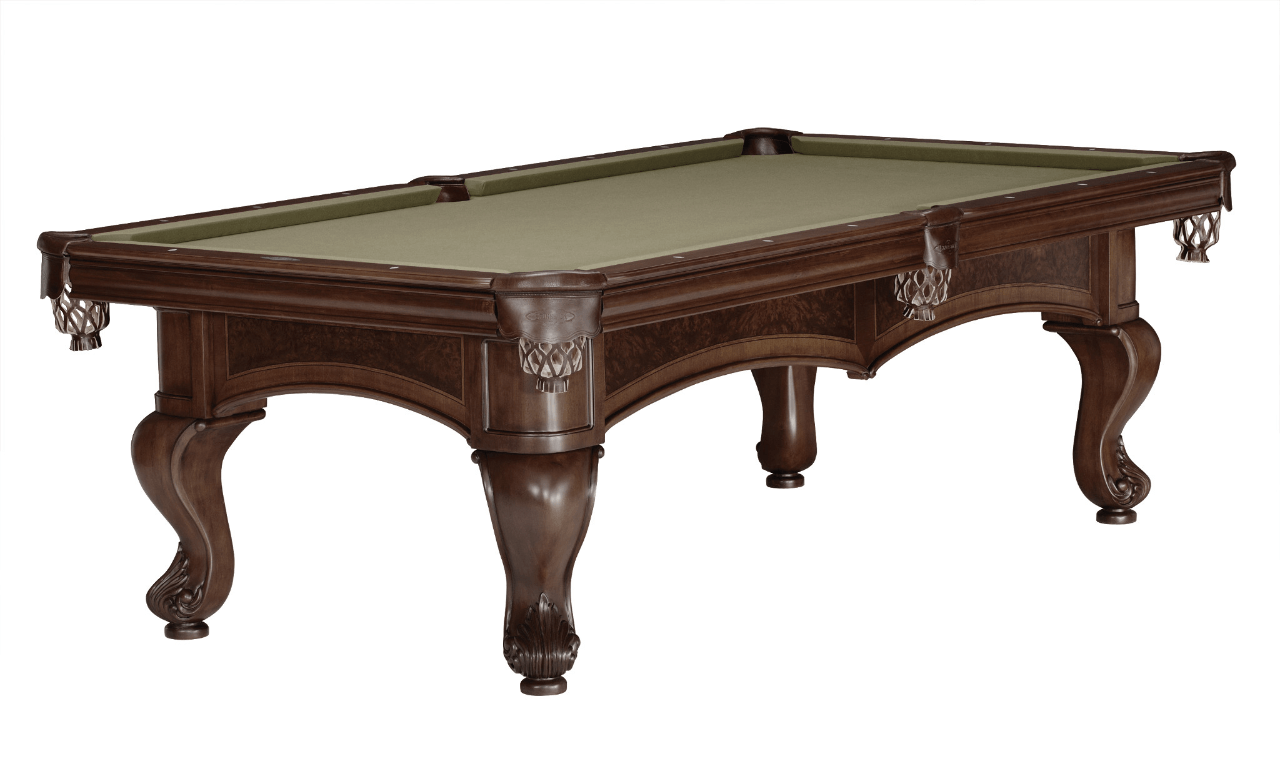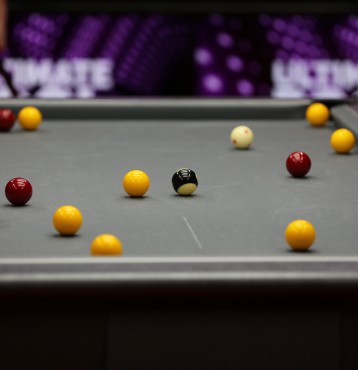
There are many choices of 57 inch pool utensils available, regardless of whether you're a beginner or an expert. These are great for playing both American and British pool. For most adults, the standard cue length of 57 inches is sufficient. For home or traveling, however, a 48-inch cue may suffice.
57-inch pool cues
A 57-inch cue would be ideal for pool play. The standard length is good for a lot of adults. Whether you're an experienced professional or just a keen amateur, a 57-inch cue will do the trick. A 3-piece cue is a good option for traveling. However, a single cue works just as well if you're playing at home.

Butt section
Two main components of a 57-inch pool cue are the shaft and butt. The shaft is the longer part of the cue and is made of maple or ash. The butt is made of a more heavy wood like rosewood. The butt section has a unique stylistic feature: the splice. It allows the designer the opportunity to add his or her own personal stamp to the cue. Cues that are less expensive may only include basic paint or decals. More expensive cues will have a tapered, smooth surface.
Ferrules
Ferrules attach to the cue shaft's end and are either metal or plastic tubes. They hold the tip of the cue in its place and absorb shock, so the shaft's wooden wood does not crack or break. Ferrules can also distribute the shaft's impact forces. The cue's appearance and feel can be affected by ferrules. A smaller ferrule can reduce squirt and make the shaft less likely break or snap.
Dimensions of tip
When choosing the tip size for a 57-inch pool Cue, there are many factors to consider. Two pieces join together in the center of most pool cues. The thickness is mainly in the thicker part. The tip diameter ranges from 16 ounces up to 21 ounces. The most popular weights fall between 17 and 19 ounces. You should also consider the level of skill.

Buying guide
Pool cue buying is a big decision. There are some key points to remember when shopping for new pool cues. First, look for quality. A quality cue must be smooth and free from any scratches or other imperfections. A new cue should feel nice to touch. Avoid any parts that are not in line with the cue's basic shape. Also, avoid cues that have visible glue or damaged pieces of wood.